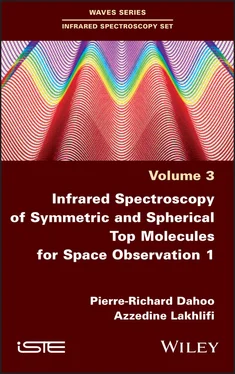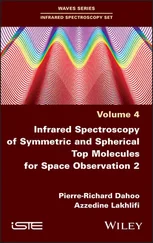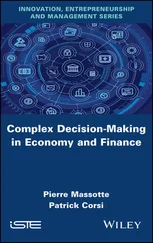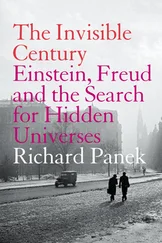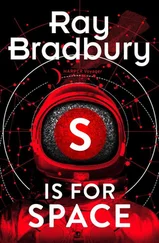136 124
137 125
138 126
139 127
140 128
141 129
142 130
143 131
144 132
145 133
146 134
147 135
148 136
149 137
150 138
151 139
152 140
153 141
154 142
155 143
156 144
157 145
158 146
159 147
160 148
161 149
162 150
163 151
164 152
165 153
166 154
167 155
168 156
169 157
170 158
171 159
172 160
173 161
174 162
175 163
176 164
177 165
178 166
179 167
180 168
181 169
182 170
183 171
184 172
185 173
186 174
187 175
188 176
189 177
190 178
191 179
192 180
193 181
194 182
195 183
196 184
197 185
198 186
199 187
200 188
201 189
202 190
203 191
204 192
205 193
206 194
207 195
208 196
209 197
210 198
211 199
212 200
213 201
214 202
215 203
216 204
217 205
218 206
219 207
220 208
221 209
222 210
223 211
224 212
225 213
226 214
227 215
228 216
229 217
230 218
231 219
232 220
233 221
234 222
235 223
236 224
237 225
238 226
239 227
240 228
241 229
242 230
243 231
244 232
245 233
246 234
247 235
248 236
249 237
250 238
251 239
252 240
253 241
254 242
255 243
256 244
257 245
258 246
259 247
260 249
261 250
262 251
263 252
264 253
265 254
266 255
267 256
268 257
269 259
270 260
271 261
272 262
273 263
274 264
275 265
276 266
277 267
278 268
279 269
Infrared Spectroscopy of Symmetric and Spherical
coordinated by
Pierre Richard Dahoo and Azzedine Lakhlifi
Volume 3
Infrared Spectroscopy of Symmetric and Spherical Top Molecules for Space Observation 1
Pierre Richard Dahoo
Azzedine Lakhlifi

First published 2021 in Great Britain and the United States by ISTE Ltd and John Wiley & Sons, Inc.
Apart from any fair dealing for the purposes of research or private study, or criticism or review, as permitted under the Copyright, Designs and Patents Act 1988, this publication may only be reproduced, stored or transmitted, in any form or by any means, with the prior permission in writing of the publishers, or in the case of reprographic reproduction in accordance with the terms and licenses issued by the CLA. Enquiries concerning reproduction outside these terms should be sent to the publishers at the undermentioned address:
ISTE Ltd
27-37 St George’s Road
London SW19 4EU
UK
www.iste.co.uk
John Wiley & Sons, Inc.
111 River Street
Hoboken, NJ 07030
USA
www.wiley.com
© ISTE Ltd 2021
The rights of Pierre Richard Dahoo and Azzedine Lakhlifi to be identified as the authors of this work have been asserted by them in accordance with the Copyright, Designs and Patents Act 1988.
Library of Congress Control Number: 2020951963
British Library Cataloguing-in-Publication Data
A CIP record for this book is available from the British Library
ISBN 978-1-78630-568-8
Before the early 1950s, the immensity of the cosmos seemed essentially cold and barren. The launch of Sputnik 1 on October 4, 1957, marked the beginning of the space age, and soon afterwards automated space explorers were sent through the solar system and orbiting terrestrial observatories were launched. At the same time, the development of advanced detection techniques and increasingly powerful telescopes contributed to the unprecedented rapid expansion of terrestrial observatories. All these developments led to a radical transformation of our view of both planetary atmospheres and interstellar medium, revealing an unexpected molecular abundance and giving birth to a new discipline: astrochemistry.
This transformation relies heavily on the use of light as a messenger, providing information on the composition of these media by taking advantage of the available range of wavelengths. Indeed, although Newton understood the decomposition of visible light as early as 1666, it was not until 1800 that Herschel broadened our view with the discovery of infrared radiation, followed shortly by Ritter’s discovery of ultraviolet radiation, and then Röntgen’s 1895 discovery of X-rays. Then, Maxwell unified these various radiations in his electromagnetic field theory. Starting with the 1920s, the development of quantum physics by Heisenberg, Schrödinger, Pauli, Dirac, etc. brought the tools to understand why chemical elements (atoms and molecules) left a discrete signature, in the form of absorption or emission lines in the electromagnetic spectra, an observation that Wollaston and Fraunhofer had made over a century earlier. This laid the basis for the use of spectroscopy as an essential analytical tool.
Nevertheless, since molecules mainly absorb short wavelength radiation, infrared and microwave radiations, largely absorbed by the Earth’s atmosphere, the advent of space observatories was decisive for astrochemistry. However, observatories in the microwave range were also set up at the ground level, at high altitude and very dry regions (ALMA), or airborne (stratospheric balloons, SOFIA). The astrophysicists now have a significant array of instruments available that are dedicated to spectroscopy, which obviously includes spectrometers airborne by space probes heading for Venus (Venus Express), Mars (Mars Express, TGO, etc.), Jupiter (Juno), Saturn (Cassini-Huygens), comets (Rosetta), etc. An exciting future lies ahead in this field, given the terrestrial observatories (E-ELT, etc.), space observatories (JWST, WFIRST) and various planetary missions.
Moreover, the discovery in 1995 by Mayor and Quéloz (Nobel Prize in Physics 2019) of the first exoplanet, and the exponential number of discoveries of these celestial bodies ever since, opened the way for conducting the very first spectroscopic studies of their atmospheres. The coming new space instruments (JWST, ARIEL) will even be partially or entirely dedicated to the spectroscopic characterization of these extrasolar planets, the target being the research of biosignatures.
However, using all these instruments and their large amounts of data requires significant upstream experimental and theoretical laboratory work, in order to record and model the spectra of many molecules. This may involve relatively complex organic molecules as well as simple molecules. Indeed, contrary to a preconceived idea, there is definitely still not enough modeling of the infrared spectrum of “small” molecules (CO 2, H 2O, CH 4, NH 3, etc.) in the current databases. In fact, the data needed by planetologists nowadays need to cover “extreme” conditions that were to a little extent, if at all, studied in the laboratory, that is: very high temperatures and pressures, molecules in confined environments, etc.
The aim of this book is to review the theoretical knowledge required for understanding and modeling the spectra of two molecules that are essential in planetology, ammonia (NH 3) and methane (CH 4), and to provide the tools for their spectroscopic study in a confined environment, such as the clathrates.
Читать дальше
